Every football enthusiast knows that a free kick can change the outcome of a game in a flash.
It’s not just about smashing the ball toward the goal.
It’s about finesse, control, and composure that creates those magic moments on the pitch.
David Beckham, a name synonymous with precision, spent countless hours perfecting his craft at Manchester United.
His secret?
Imagine a car tyre hanging from the goalpost, and him threading the needle time and again with pinpoint accuracy. It’s this dedication that made his free kicks legendary.
Nailing a free kick boils down to mastering balance, body positioning, and ball control.
It’s not just the powerhouse players that shine here. In fact, it’s often more about the angle and spin than pure strength.
For young, aspiring players, honing this skill can mean more goals and more game wins.
Start by focusing on where you plant your standing foot—this controls the direction. Then, concentrate on striking the right spot on the ball with the inside of your foot, giving it that iconic bend.
Beckham’s kicks sometimes seemed to defy physics, but it was all down to practice and technique.
Getting good requires patience and persistence. Encourage young players to spend time after sessions just practicing these, even if it’s just 10 or 15 minutes.
They’ll soon see improvement in their accuracy and confidence in taking those crucial shots when the pressure’s on.
Creative Drills Inspired by Beckham
David Beckham was known for his creative approach to training, and one of his go-to drills involved shooting the ball through a car tyre hanging from the goal.
This simple yet ingenious method helped hone his focus and improve his precision, making it one of his trademark techniques.
For coaches and players looking to up their free-kick game, incorporating this drill into practice sessions can be hugely beneficial.
Start by hanging a car tyre or using other objects like hula hoops at different heights and positions around the goal area.
This setup challenges players to aim with accuracy, adding an element of fun and competition.
Don’t worry if not every shot makes it through the target.
The key here is consistency and willingness to keep trying. Adapt the drill for players of different skill levels by adjusting the distance or size of the target, which keeps everyone engaged and challenged.
Incorporating scoring systems is a great way to motivate players. Award points for hitting specific targets—5 points for the tyre, 3 for hitting the hoop, and so on.
Using target nets or hula hoop goal attachments like the QuickPlay Target Net is a great way to sharpen accuracy and challenge players at different levels.
This gamifies the practice and encourages players to push themselves further each time they take a shot.
This drill is also perfect for fostering a team environment where players can encourage and learn from each other.
Whether they’re soaring the ball through or missing by inches, it’s all about growth and learning together.
After all, it’s in these moments that players really find their stride and build confidence.
Setting Up the Training Environment
Creating the perfect training setup can make a world of difference when working on this set piece.
Start by choosing a spot on your pitch that offers enough room for practicing without interruptions.
A penalty area usually works best, providing the ideal space for players to focus on improving their technique.
Equipment plays a crucial role in setting up effective drills. Tying hula hoops to the corners of the goal can add varied target options, challenging players to aim for different spots beyond just the net.
This kind of targeted practice hones precision and helps players visualize real-game scenarios.
Poles or cones are great additions to your setup. Use them to mark off sections of the goalmouth, which can simulate defenders or create smaller targets within the goal.
This aids in teaching players not just to aim randomly but to pick precise spots to increase the goal-scoring chance.
Establishing a scoring system is another valuable element. Consider assigning points to different sections—maybe 10 points for a top-corner shot through a hula hoop, 5 points for mid-height, and 2 points for low shots.
This approach motivates players to strive for precision instead of raw power.
Lastly, make sure players get comfortable with the setup by allowing some time for warm-ups.
Encourage them to experiment with different angles and distances, building their comfort level and enhancing their adaptability during actual matches.
With the right environment, players will start seeing improvements and build confidence with each session.
For realistic match simulation, consider adding a portable free kick wall to your setup. Products like the SKLZ D-Man Dummy Defender help replicate real defenders, teaching players how to bend and lift the ball with precision.
Mastering Techniques and Skills
Technique is the backbone of any successful free kick, and getting it right takes time and dedication.
It’s essential to focus on balance, keeping your body properly aligned as you approach the ball.
Pay attention to your standing foot—where you plant it makes a huge difference. This foot should always be pointed in the direction where you want the ball to go.
Precision depends heavily on the part of the foot you use to strike the ball. For that bending curl, aim to make contact with the inside of your foot.
This technique wasn’t just Beckham’s gig; it’s a classic shouldered by countless legendary players.
Keeping your eye on the ball through the entire motion ensures you get that desired spin and direction.
Using a reliable training ball like the Adidas Tango Rosario ensures consistency in weight and feel, which helps players develop better muscle memory during repetition
Incorporating goalkeepers into free kick practice brings a dose of reality to training. Having a goalie adds pressure, making the practice more game-like.
Players learn to read the keeper’s movements, which helps in understanding angles and deciding the best spot to aim their kick.
Muscle memory plays a crucial role here too. The more players repeat the same motions, the more natural it becomes.
Encourage players to warm up with a few light shots, gradually building intensity. Over time, this routine helps solidify their skills and boosts confidence.
Players can track their power, sprinting speed, and kick accuracy over time using smart wearables like the STATSports Apex GPS Tracker, which gives real-time feedback on performance
Remember, variety keeps training interesting. Alternate between different shot types—curved, power, and even subtle chips over low walls.
By mixing it up, players develop a comprehensive skill set, ready to tackle any scenario on match day.
Enhancing Training with Time Challenges
Incorporating time limits into free-kick drills isn’t just about putting pressure on players—it’s about simulating real match conditions where decisions have to be made in a split second.
This kind of pressure training is a game-changer.
Set a clock and give players a limited timeframe, like 30 seconds, to take multiple shots. Suddenly, the environment becomes charged with energy, pushing players out of their comfort zones.
They’ll have to think fast, make snap decisions, and execute with precision under the clock’s watchful eye.
Using just a few balls forces players to focus on each kick’s quality rather than quantity.
It teaches them that every shot counts and encourages efficient use of time. This kind of discipline is crucial not only for free kicks but for overall game strategy too.
Time-bound drills also test players’ mental strength. Facing a ticking clock builds resilience, helping players manage stress during actual games.
They’ll learn to maintain composure and execute under conditions that mimic real-life pressure situations.
As players engage in these time-focused sessions, encourage them to reflect on their execution—what went well and what can be improved.
This reflection creates self-awareness and a deeper understanding of their personal skill set, which is invaluable for their growth as a player.
Take away
Mastering the art of free kicks is a journey that requires patience, persistence, and creativity.
By incorporating the drills and techniques outlined in this article, young players can improve their accuracy, confidence, and overall game.
Remember, the key to success lies in practice, dedication, and a willingness to learn.
With these tips and a bit of flair, aspiring footballers can unlock their full potential and become free kick specialists.
Drop any comments or questions below, I would love to hear them and I will be available to answer them.
Happy training!!!!!!!
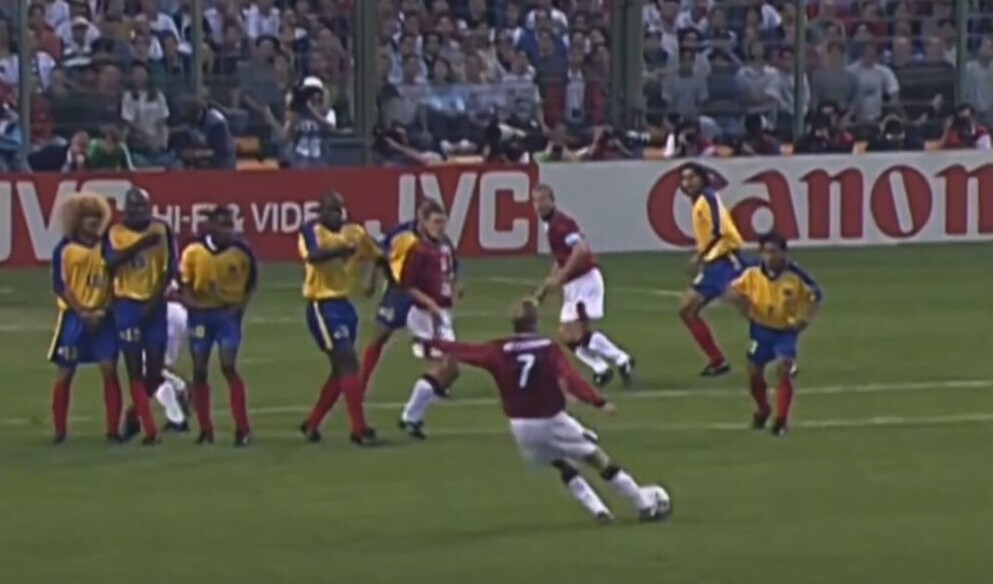
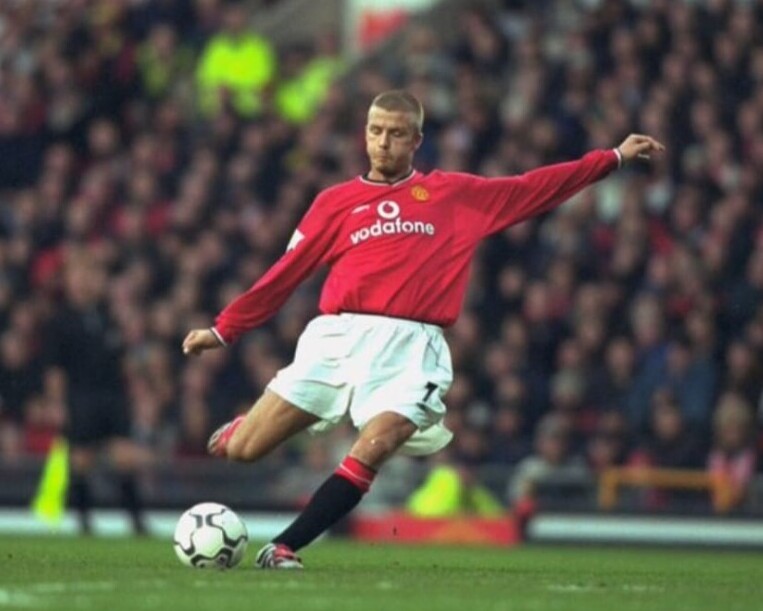
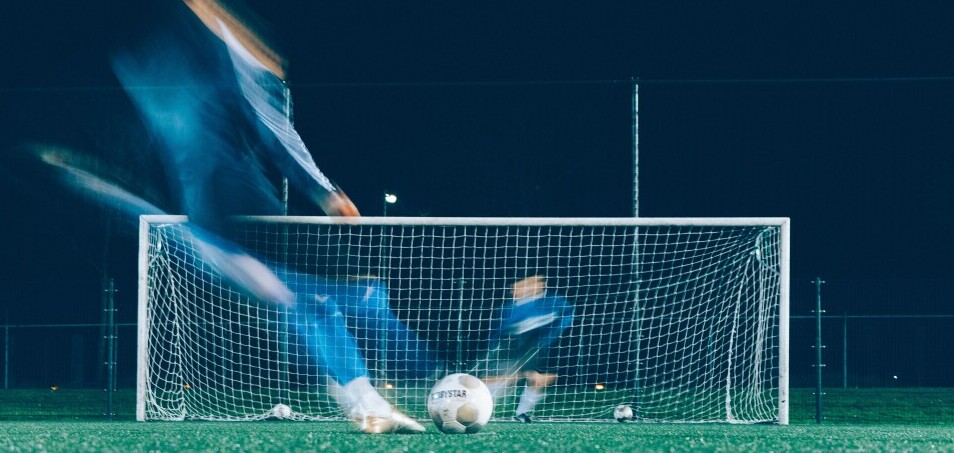
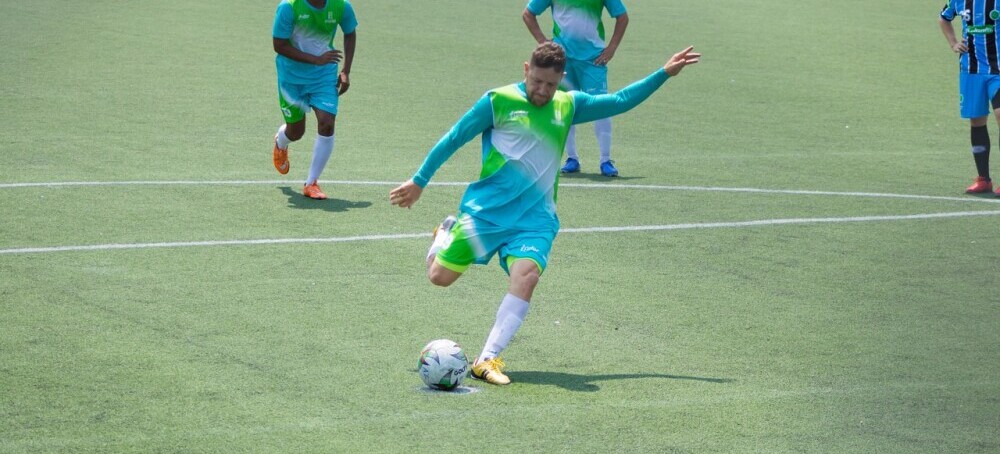
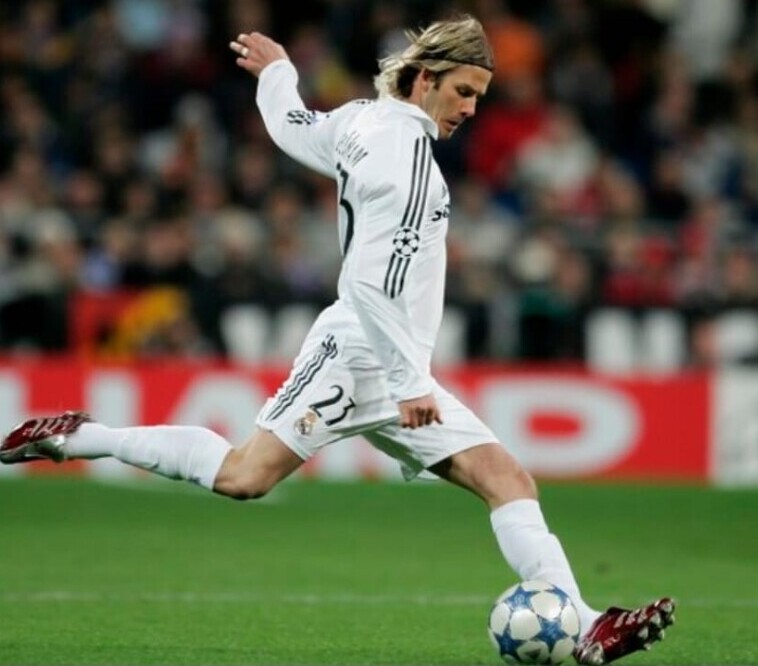
One Response
The focus on precision, technique, and creative training methods really resonates, especially the car tyre drill inspired by Beckham. It’s such a simple yet effective way to improve accuracy while keeping the practice fun and engaging.
The idea of adding time challenges is a brilliant touch. It’s a great way to replicate the pressure of an actual match and train players to stay composed under stress.